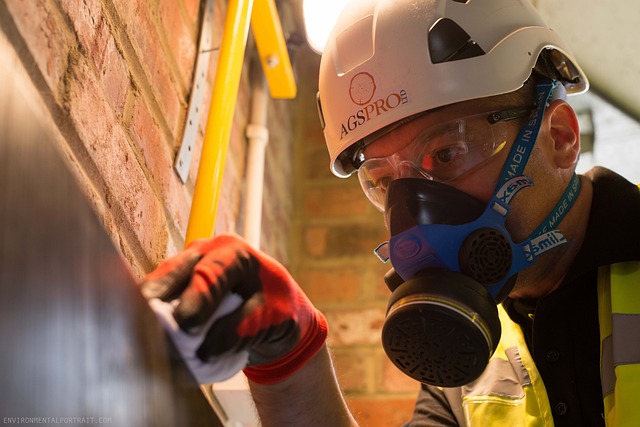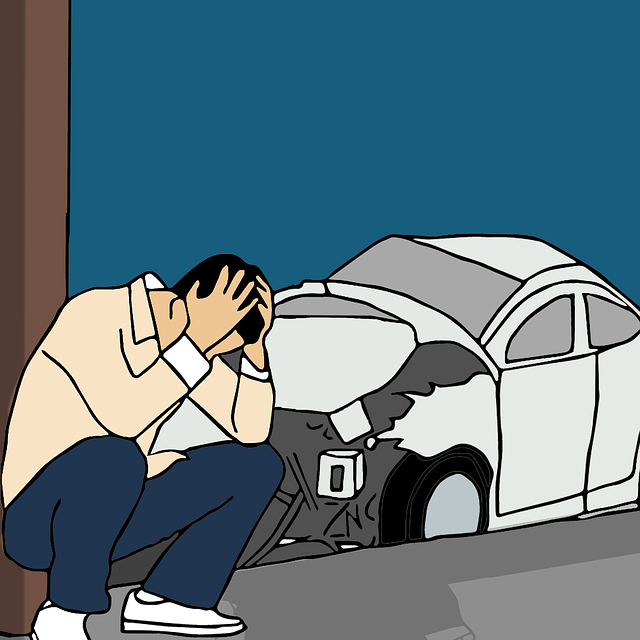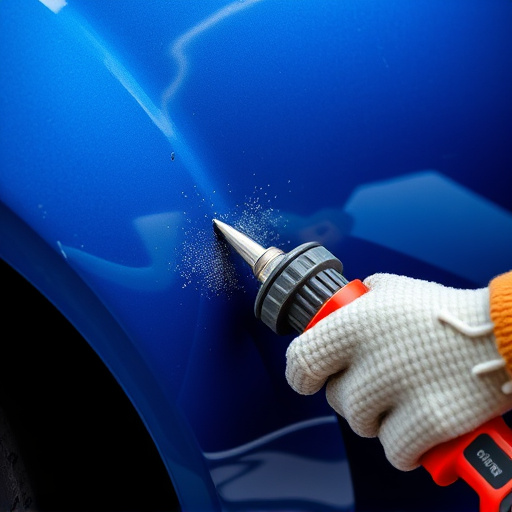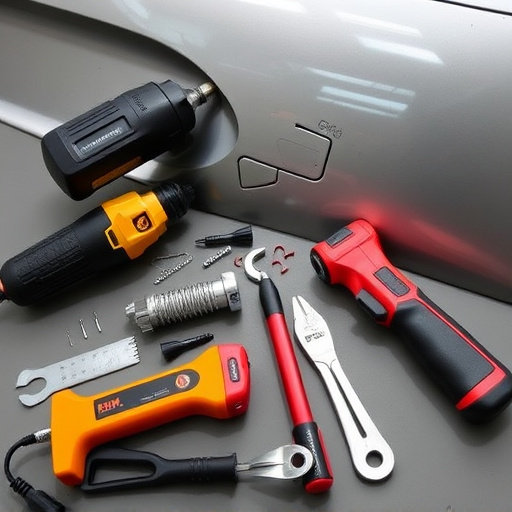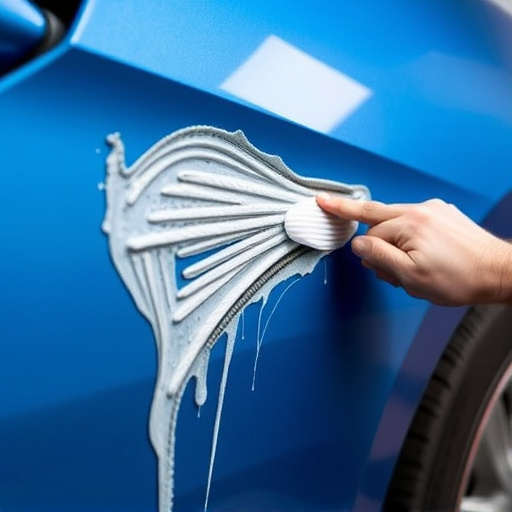Tesla electrical repair involves addressing complex systems controlling signals, wipers, and mirrors. Skilled technicians use specialized tools to diagnose issues like wiring problems, control units, or software glitches. Common problems include malfunctions, wiper failures, and mirror control issues due to worn-out components. Efficient repairs require a systematic approach: use diagnostic tools, gather parts, ensure battery safety, inspect wiring, make repairs with proper connectors, and pay close attention to detail for successful Tesla electrical repair.
“Tesla owners often face unique challenges when it comes to maintaining their electric vehicles’ intricate systems. This article serves as a comprehensive guide for tackling one of these critical areas: signal, wiper, and mirror functions. In ‘Understanding Tesla’s Electrical Systems,’ we demystify the vehicle’s complex electronics. Next, ‘Common Issues’ highlights typical problems that can disrupt your drive. The pièce de résistance is our detailed ‘Step-by-Step Guide to Tesla Electrical Repairs,’ offering practical solutions for DIY enthusiasts or a reference for professional mechanics.”
- Understanding Tesla's Electrical Systems: A Primer
- Common Issues in Signal, Wiper, and Mirror Functions
- Step-by-Step Guide to Tesla Electrical Repairs
Understanding Tesla's Electrical Systems: A Primer
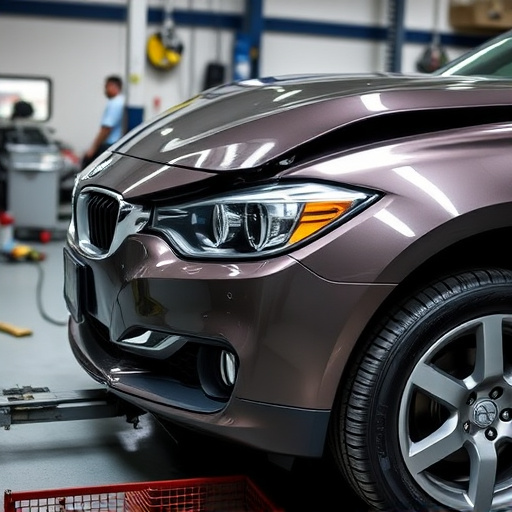
Tesla vehicles are renowned for their cutting-edge technology, and at the heart of this innovation lies a complex electrical system. Understanding how these systems function is key to performing effective Tesla electrical repair, especially when it comes to signal, wiper, or mirror operations. These components rely on intricate networks of wires, sensors, and control units that work in harmony to ensure optimal driving assistance and safety features.
Each Tesla model has a unique electrical architecture designed to power its advanced driver-assistance systems (ADAS). For instance, the vehicle’s signal systems may use LED lights controlled by specialized modules, while wiper motors and mirror adjusters are operated through precise electrical signals. When issues arise with these systems, such as intermittent signals or non-responsive mirrors, it often indicates a problem within the electrical circuit. Skilled technicians utilize diagnostic tools to trace these issues back to their source, whether it’s a faulty wire, a malfunctioning control unit, or a software glitch. Efficient Tesla electrical repair involves not just fixing but also understanding and addressing the underlying causes to ensure long-lasting solutions, often requiring specialized knowledge and tools beyond standard vehicle repair services.
Common Issues in Signal, Wiper, and Mirror Functions
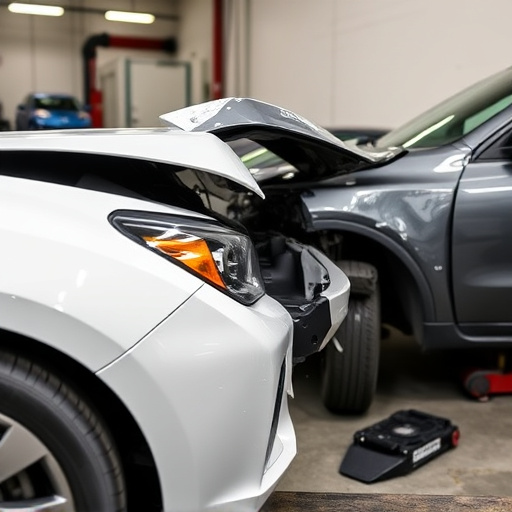
In modern Teslas, like any complex automotive system, the signal, wiper, and mirror functions can experience a range of common issues due to various factors. These include electrical malfunctions stemming from worn-out or damaged components within the car’s sophisticated electrical repair systems. Problems may arise with signals, leading to malfunctioning lights, blinkers, or horn functions, causing potential safety hazards on the road. Wiper motors and control modules can fail, resulting in intermittent or non-functional wipers, leaving drivers vulnerable during adverse weather conditions. Additionally, mirror power controls, glass actuators, and sensors might malfunction, affecting rearview visibility—a critical aspect of safe driving.
Automotive collision repair and car body restoration are often necessary when these issues persist. For example, a crash or significant impact can damage the vehicle’s structural integrity and electrical systems, necessitating professional auto glass replacement for mirrors and windshields. Luckily, Tesla’s advanced electrical repair techniques and readily available diagnostics tools enable efficient troubleshooting and repairs, ensuring these functions operate seamlessly once more, enhancing safety and driver convenience.
Step-by-Step Guide to Tesla Electrical Repairs
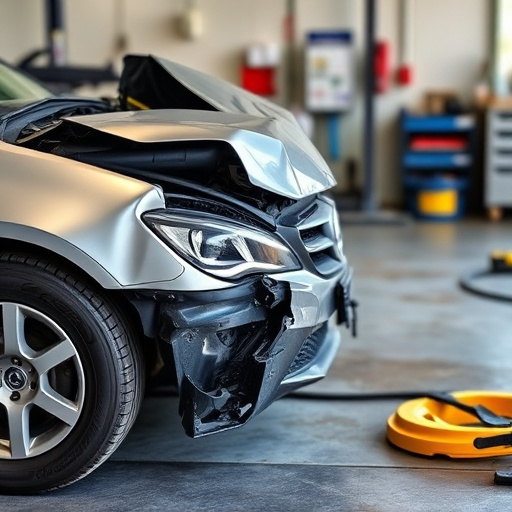
Performing Tesla electrical repairs for signal, wiper, or mirror systems can be a straightforward process if approached methodically. First, locate and identify the faulty component using a diagnostic tool to check for any error codes. Once identified, gather the necessary replacement parts, which can often be found at specialized automotive stores or online retailers offering Tesla-specific spares. Before beginning repairs, ensure proper safety measures are in place, including disconnecting the battery to avoid short circuits.
Next, carefully remove any surrounding components that might obstruct access to the faulty system. For example, if addressing a signal issue, you may need to temporarily dismount mirrors or adjust their positioning. Once exposed, carefully inspect wiring for signs of damage, corrosion, or loose connections. Repair or replace as needed using appropriate tools and high-quality connectors. Remember, meticulous attention to detail throughout each step ensures a successful Tesla electrical repair, enhancing vehicle functionality and safety.
Tesla electrical repairs for signal, wiper, and mirror systems are essential components of vehicle maintenance. By understanding the intricate electrical systems within Teslas and addressing common issues proactively, owners can ensure optimal performance and safety. Following the step-by-step guide provided in this article, you’ll be equipped to tackle these repairs effectively, saving time and money while maintaining your Tesla’s cutting-edge technology. Remember, for more complex or persistent issues, consulting a qualified Tesla technician is always recommended. Stay informed and keep your Tesla running smoothly with expert care.
